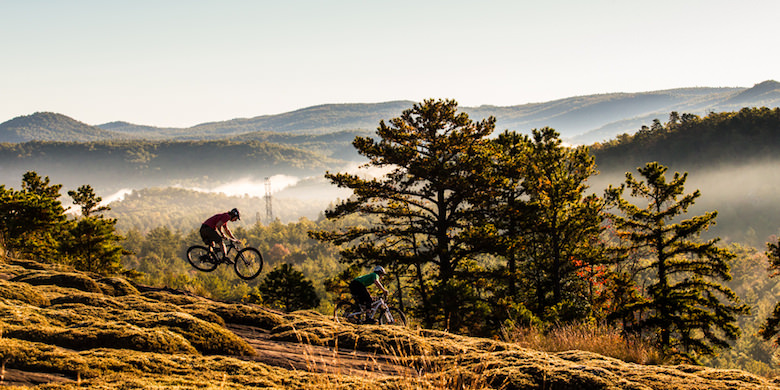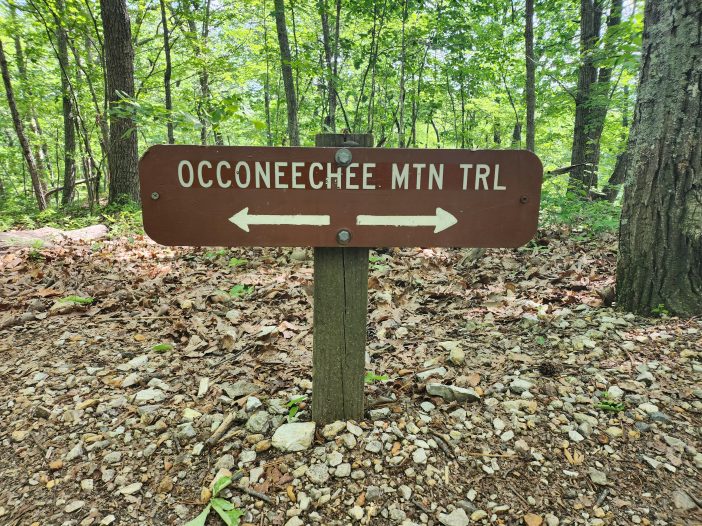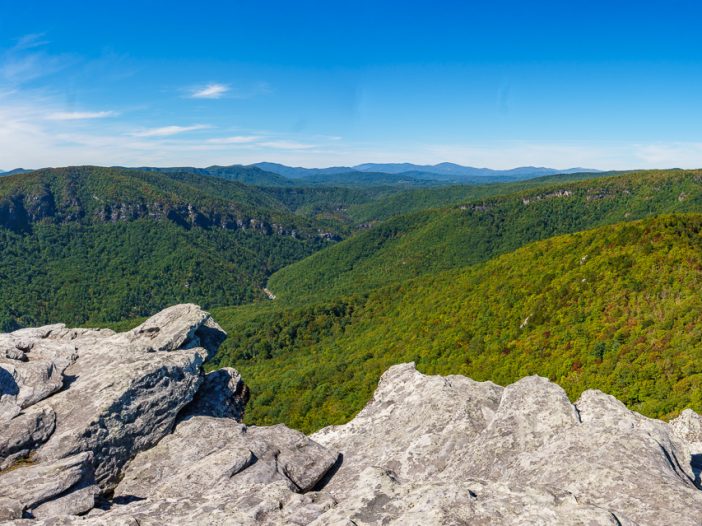Western North Carolina’s premier backpacking destinations, from the iconic Great Smoky Mountains National Park with its 100+ backcountry campsites to the challenging Art Loeb Trail through Pisgah National Forest. This comprehensive guide covers permit requirements, seasonal considerations, safety protocols, and detailed route descriptions for multi-day adventures across the region’s most spectacular wilderness areas.
Read MoreTrail Guide
Mountain Biking Brevard NC: Mile of Trails in Pisgah and DuPont Forest
600+ Trails, World-Class Pisgah & DuPont Riding, and Everything You Need for the Ultimate North Carolina Mountain Biking Adventure Brevard, North Carolina stands as the “Cycling Capital of the South,” offering over 600 trails across 400+ miles of world-class singletrack within a 30-minute radius. This Western North Carolina mountain town delivers an unparalleled combination of […]
Read MoreOcconeechee Mountain State Park: North Carolina’s Hidden Gem for Outdoor Enthusiasts
Greetings adventurers, and welcome to my comprehensive guide to the wonder that is Occoneechee Mountain State Park! Nestled in the heart of North Carolina, this hidden gem offers a unique blend of natural beauty, rich history, and endless exploration opportunities. You might be wondering, what’s so special about this park? Well, let me tell you, […]
Read MoreLinville Gorge: A Hiker’s Haven in North Carolina
Nestled within the heart of North Carolina’s Blue Ridge Mountains, Linville Gorge is a hiker’s paradise just waiting to be explored. This magnificent, wild canyon stretches over 12 miles long and is often referred to as the “Grand Canyon of the East.” With its rugged beauty, breathtaking views, and a diverse array of trails, Linville […]
Read More


